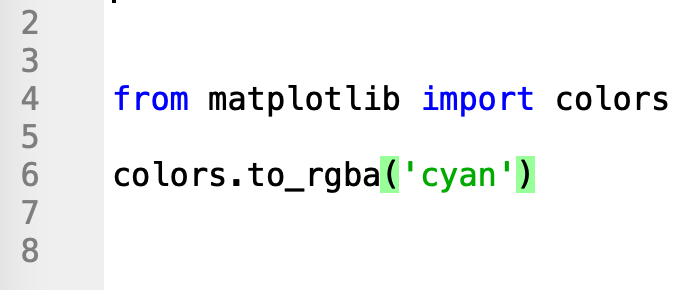
In Python ...
You can combine Numpy arrays vertically or horizontally using np.concatenate
#Python #pythoncode #datascience

You can combine Numpy arrays vertically or horizontally using np.concatenate
#Python #pythoncode #datascience


The first argument to the function is a list (or collection) of arrays that you want to combine.
You can actually combine many arrays ...just put them inside the list.
You can actually combine many arrays ...just put them inside the list.
The axis parameter controls the direction along which you combine the arrays.
For 2D arrays ...
'axis = 0' combines vertically
'axis = 1' combines horizontally
For 2D arrays ...
'axis = 0' combines vertically
'axis = 1' combines horizontally
Instead of np.concatenate, you can also use np.hstack or np.vstack to stack arrays horizontally or vertically, respectively.
Being able to split and combine Numpy arrays is useful ... particularly when you're doing machine learning.
In most cases, datasets for Python machine learning will be in the form of a Numpy array.
#Python #pythonlearning #machinelearning
In most cases, datasets for Python machine learning will be in the form of a Numpy array.
#Python #pythonlearning #machinelearning
To be able to do machine learning in Python ...
... you need to be able to split, combine, and wrangle Numpy arrays.
#Python #pythonlearning #machinelearning
... you need to be able to split, combine, and wrangle Numpy arrays.
#Python #pythonlearning #machinelearning
• • •
Missing some Tweet in this thread? You can try to
force a refresh




















